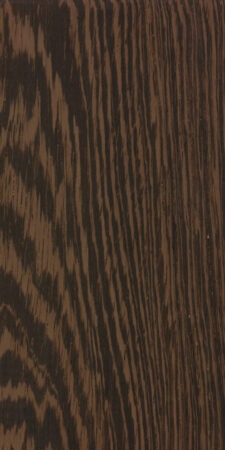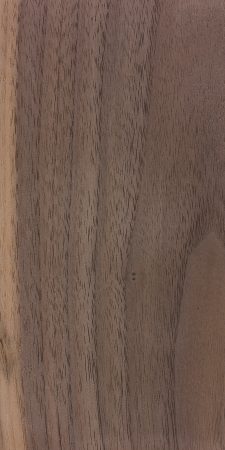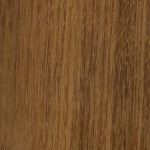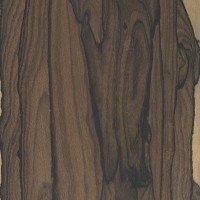First choose a Model:
Orchestra Model | $4,250
I like to think of the Orchestra Model as the right guitar for most people. This model boasts the most balanced tone between the bass, mids and trebles, and therefore, is a favorite amongst recording artists, folk singer-songwriters and fingerstyle players. The Orchestra Model features a long scale length (25.34″) which gives the instrument more projection and easier articulation of the notes for the player.
In short, if you are not sure which model to choose for your workshop, pick the Orchestra Model!
000 (pronounced ‘Triple-Oh’) | $4,250
The 000 is the same exact body size as the Orchestra Model but it features a short scale (24.9″). The short scale sacrifices projection a little bit, but the looser feel of the lower tension strings allows the player to be more expressive (think easier string bending). Also, if you struggle with wrist or finger pain when playing, the lower tension strings allow for easier fretting, and a shorter span between fret spaces. The 000 can sound a little bit warmer (more bass response) than the Orchestra Model.
Parlor (Size 1) | $3,950
My Parlor Model most closely resembles a Size 1 in the Martin family. In other words, adorably small. You might mistake it for a baritone ukulele! It is a 24.536″ scale length with a 13 frets to the body, which is a very unique arrangement.
This is a recent addition to my catalog of offerings and I wanted to include it here because, if you have not experienced a guitar like this, you really should! Of course, the small size lends itself to ease of transportation and ease of playability, but oh man, does this feisty little thing speak! Surprisingly loud and projecting for it’s size, with punchy trebles. It truly gets you thinking and playing differently. This would be a great addition to a collection because it is unlike anything you already have.
Dreadnought | $4,500
The largest body size. This guitar sacrifices some of it’s balance for raw power! Bluegrass players are especially fond of the Dreadnought for it’s ability to cut through other instruments like the fiddle in a bluegrass jam.
Now let’s take a look at tonewood options:
Soundboard wood
The available options are Sitka Spruce, Western Red Cedar, and Redwood.
Sitka Spruce is a common staple in the guitar industry. It is easy to “drive” a sitka top and get extra volume and projection from it.
I find Western Red Cedar and Redwood both to be more brittle and resonant than Sitka Spruce giving a more complex and more sustaining tone.
In short, Sitka Spruce = raw power; Red Cedar/Redwood = Richness/sustain
Aesthetically speaking, Sitka is a brilliant white color that mellows out slightly with finish. Western Red Cedar is an amber color, and Redwood is a nice, deep red.
My personal favorite is the Redwood.
Back and Sides Wood
The available options are Black Walnut, Wenge, Ziricote, and Tasmanian Blackwood.
Your choice of material for the back/sides impacts the tone far less than your soundboard selection. Think 80/20 or maybe even 90/10. So no one will fault you for thinking purely about the looks here.
But I will say that I find Wenge to be more brittle and lightweight than the others leading to more sustain.
Black Walnut has a crisp, dry tone, similar to mahogany.
Ziricote and Tasmanian Blackwood are both superb resonators, similar to Rosewood.




The base material cost for the workshop is $750
First, add your Soundboard Wood:
For Western Red Cedar, Add $70
For Sitka Spruce, Add $130
For Redwood, Add $250
And then, finally, add your back/side wood:
For Wenge, Add $160
For Black Walnut, Add $225
For Tasmanian Blackwood, Add $300
For Ziricote, Add $450


